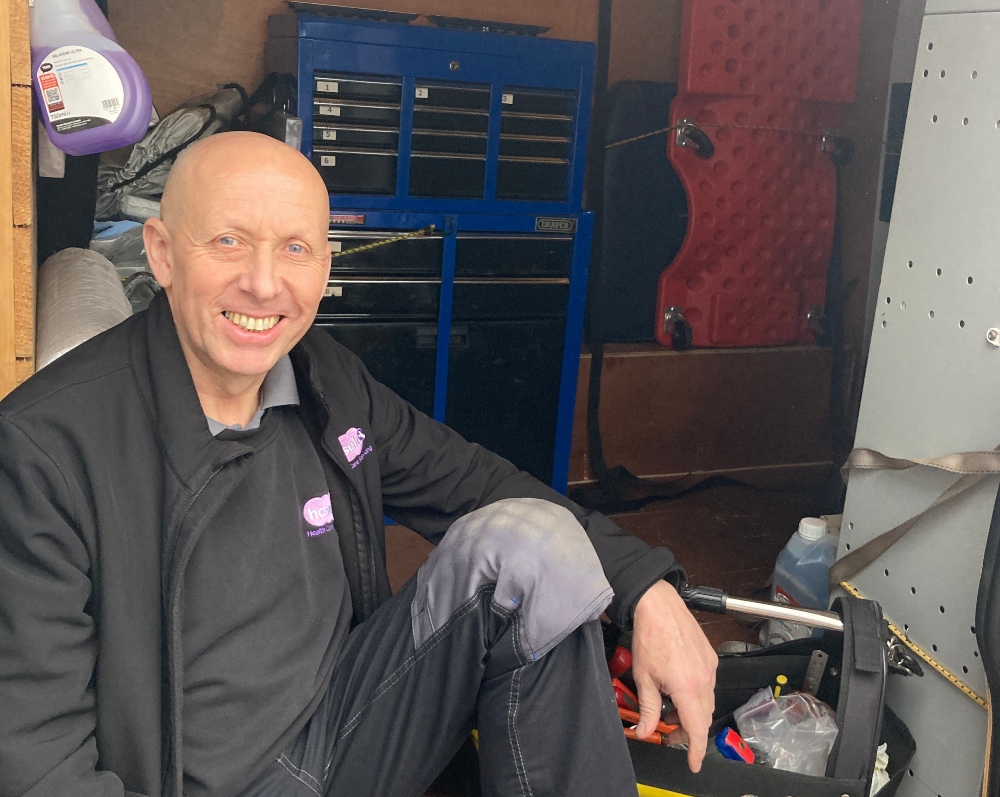Why Has My Hoist Sling Failed Its Inspection?

Phil shares some insight on why some hoist slings fail inspection and top tips on how to prevent these costly challenges.
Contrary to popular belief, when LOLER (Lifting Operations and Lifting Equipment Regulations 1998) inspection time comes around, which is a legal requirement every 6 months, for all care homes and service users alike, as a service engineer, I consider a good job done to be when I have no failures or advisories at all, whether that be on lifting equipment or hoist slings.
My primary purpose is to ensure that all the equipment inspected and weight tested will still perform to the standards that are expected of them for the following 6 months of usage prior to their next inspection, and there are many parameters that need to be taken into account in doing this.

Cost Implications
When it comes to sling inspections, I take no delight in having to inform a manager or resident that their sling or slings have failed their inspection. We are fully aware of the implication of replacement costs and it can be frustrating for me AND the care homes owners, to know a lot of these failure issues can be avoided by using some simple common sense when using, laundering and storing the slings.
"SO WHY HAS MY SLING FAILED ITS INSPECTION??? - It looks ok to me"!
My reply to most of these questions is " Would you allow your mother, child or partner to do a parachute jump using equipment in this condition?" and then continue to explain the probable causes of the damage to each item in question.
I explain that I have a duty of care primarily to the care home owners, but also to the service users, myself and also my employer, as I'm the competent person that signs it off as still fit for purpose or not.

Care Tips For Prolonged Use
Stitching around the tape areas can be damaged if a carer uses the suspended tape loops as a way of manoeuvring the service user into place instead of using either the handles if fitted, or by putting directional pressure on where the tapes are sewn into the body of the sling itself.
Other failure issues on tapes are generally caused when the sling is in situ under a service user and they are being transported in a wheelchair and the tapes have not been tucked away behind the sling body and have been allowed to drop down into the path of the wheels and castor forks of the wheelchair, thus causing nicks, scrapes or cuts to the tape.
What A Failed Hoist Sling Looks Like
This replacement access type sling has failed a LOLER inspection on damaged tapes and edging seams, TOTALLY down to the fact that the Velcro waist band has not been laundered or stored with the Velcro pads put together.
Additional evidence can be seen in the different colours of fibres that are still hooked into the Velcro pad.

It is wholly advised that all Velcro ‘hooked’ pads are kept clear of this debris at ALL times to help ensure that the pads stay together whilst being laundered or stored and more importantly, so that the belt will still perform its primary role correctly, of holding the service user into the said sling whilst being moved.
If this is kept top of mind by care homes and those that do the laundry, it will firstly keep the service users safer and secondly be a big help in keeping the replacement costs of them down for the business too.
All it takes is to put a directive in place along with a training and awareness meeting with the whole staff which, done in the right way SHOULD benefit ALL concerned..... it’s not rocket science after all ... is it?
If you would like any further information on hoist sling inspections or would like to enquire about our services, why not get in touch!

We hope you've found this information insightful. Why not leave a comment or suggestion below!



